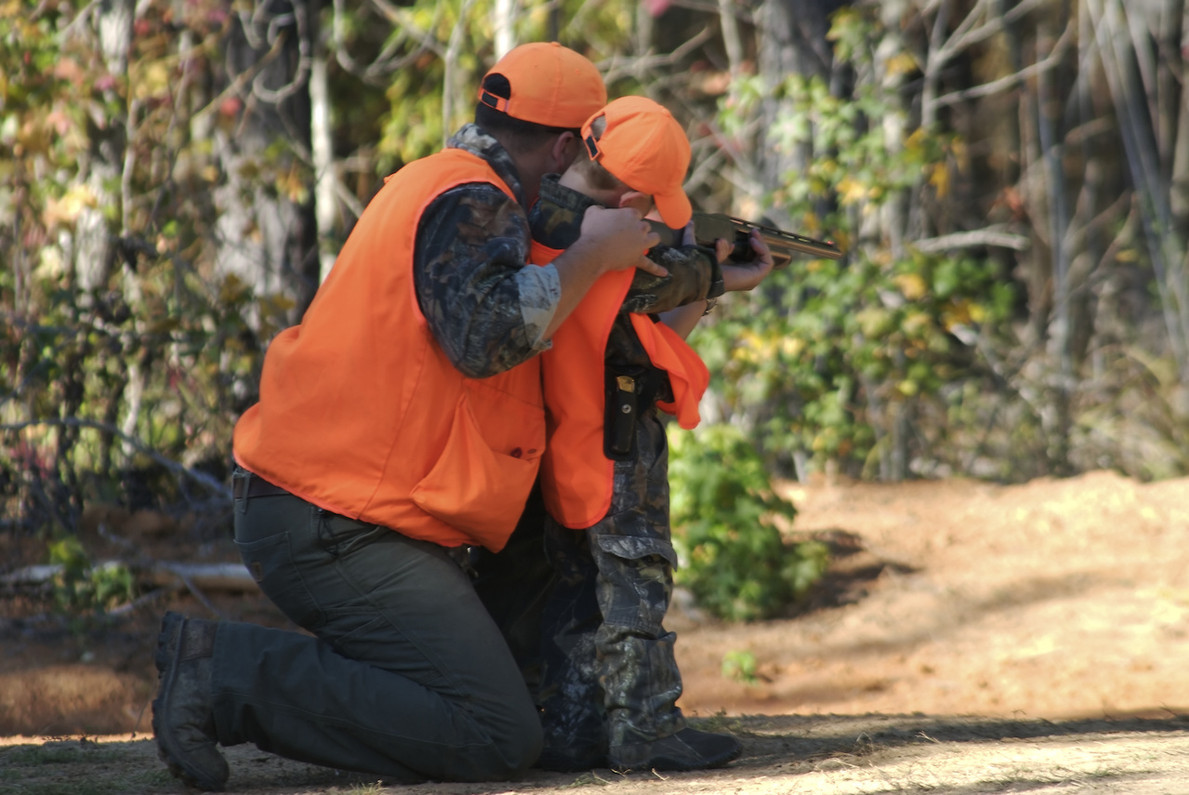Rifle Scope Terminology for Beginners
Every sport has its own terms. If you want to shoot with long-range accuracy a rifle scope is a must. For individuals that are new rifle owners, it helps to know what some of the scope’s basic language is. The following list includes a rifle scope’s essential components. We’ve broken them down to make it easier for you.
Body: Also called “the tube,” the body is the diameter of a rifle scope. The most common sizes are in the one- inch range.
Adjustment Knobs: The knobs on rifle scopes come in a variety of forms, including turrets, flat-tip screws, or finger-pressure knobs that may be adjusted to change elevation and windage.
Elevation: Elevation refers to the vertical—or up and down—motion of the bullet’s trajectory.
Windage: Windage refers to horizontal—or left and right—motion that affects the bullet’s trajectory.
Reticle: Reticle styles can range from simple crosshairs to long range options such as Mil-Dot. The reticle estimates the landing point of a potential bullet. Some reticles use lines to compensate for the bullet drop, and others are illuminated by a battery.
Sights: Sights are the two metal indicators physically mounted on the shaft of the rifle to provide for the path of travel of a bullet. These do not provide the accuracy offered by a lensed rifle scope, but provide faster target acquisition.
Power: Rifle scopes are identified by their power of magnification, which refers to how many times the view through the scope has been enlarged.
The purpose of the rifle scope is to enable shooters precise information as to where any potentially fired bullet will land. Check out the variety of Bushnell rifle scopes at AlFlahertys.com, a leading store for shooting supplies and firearms.
Recent Posts
-
A Comprehensive Guide to Choosing the Right Norma Ammunition for Your Firearm
One of the most vital things that a hunter can do is to choose the right ammunition. Your firearm ne …2023 Nov 29th -
Exploring the Benefits of Bushnell Spotting Scopes for Bird Watching
Bird watching is a fantastic hobby that individuals of all ages can enjoy. Whether you are just star …2023 Jun 14th -
The Perfect Fit: Choosing the Right Terra Footwear for Your Outdoor Adventures
If you are someone who loves spending time outdoors, then you know the importance of having the prop …2023 Jun 14th

